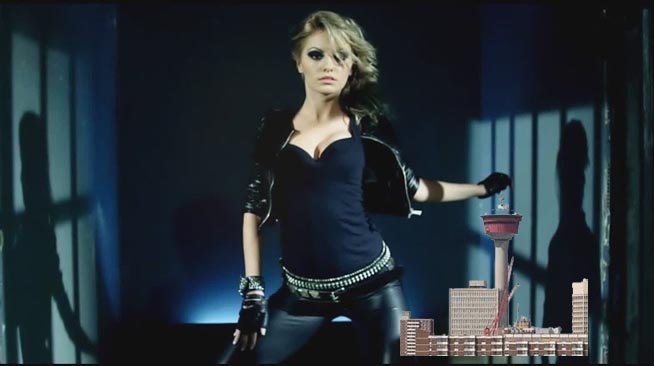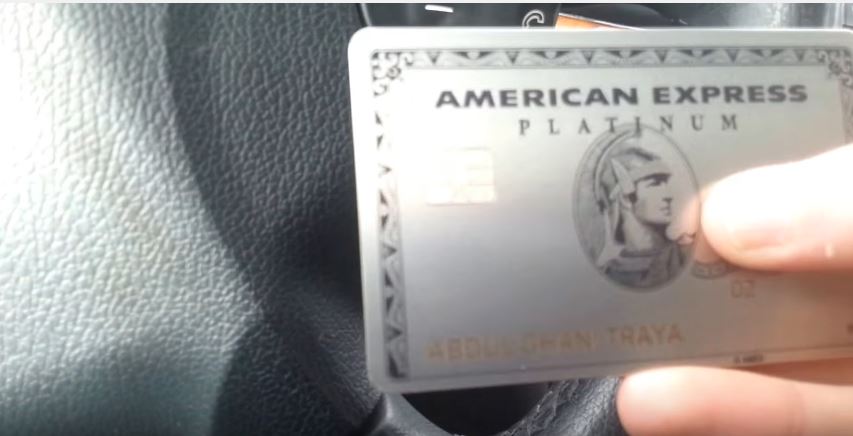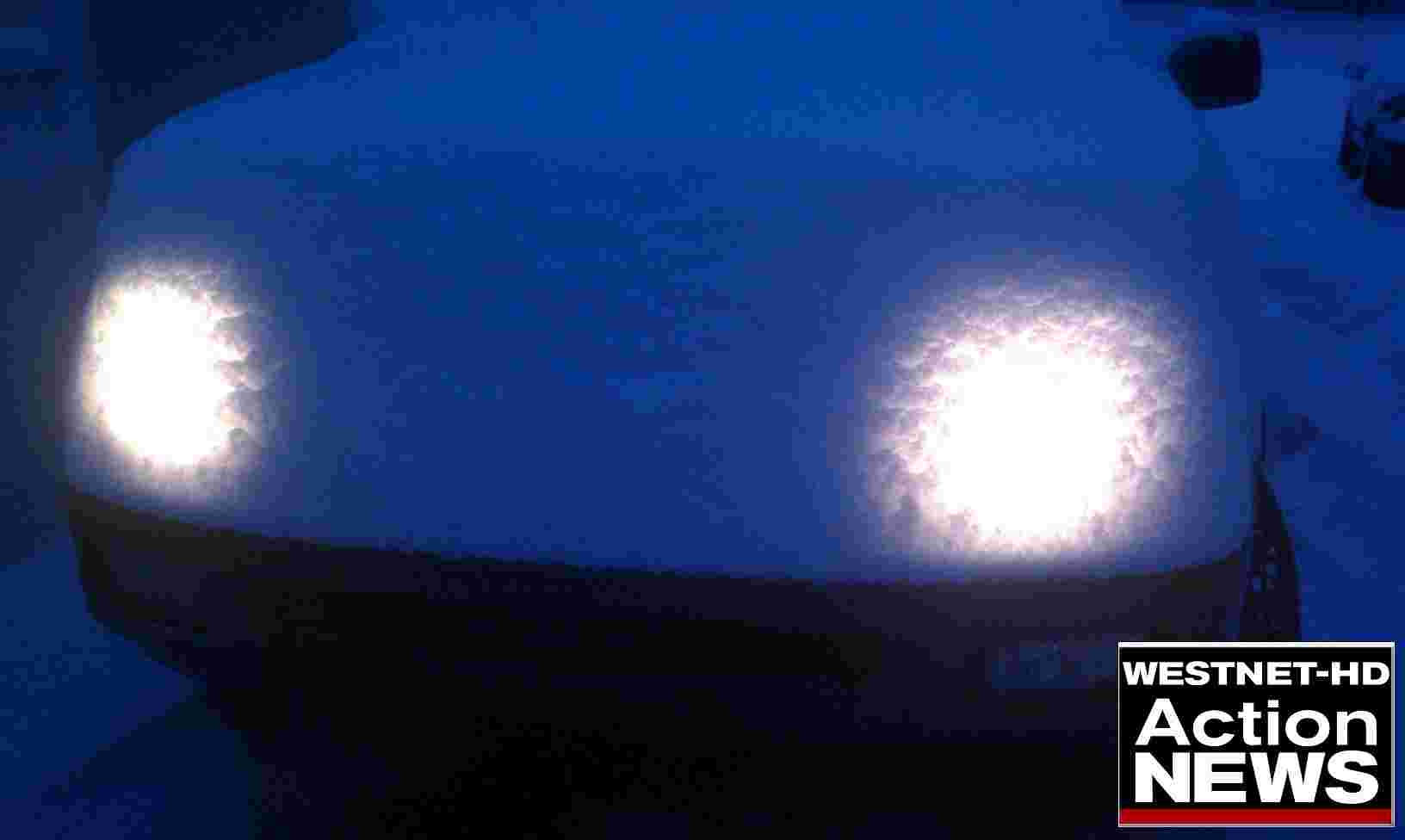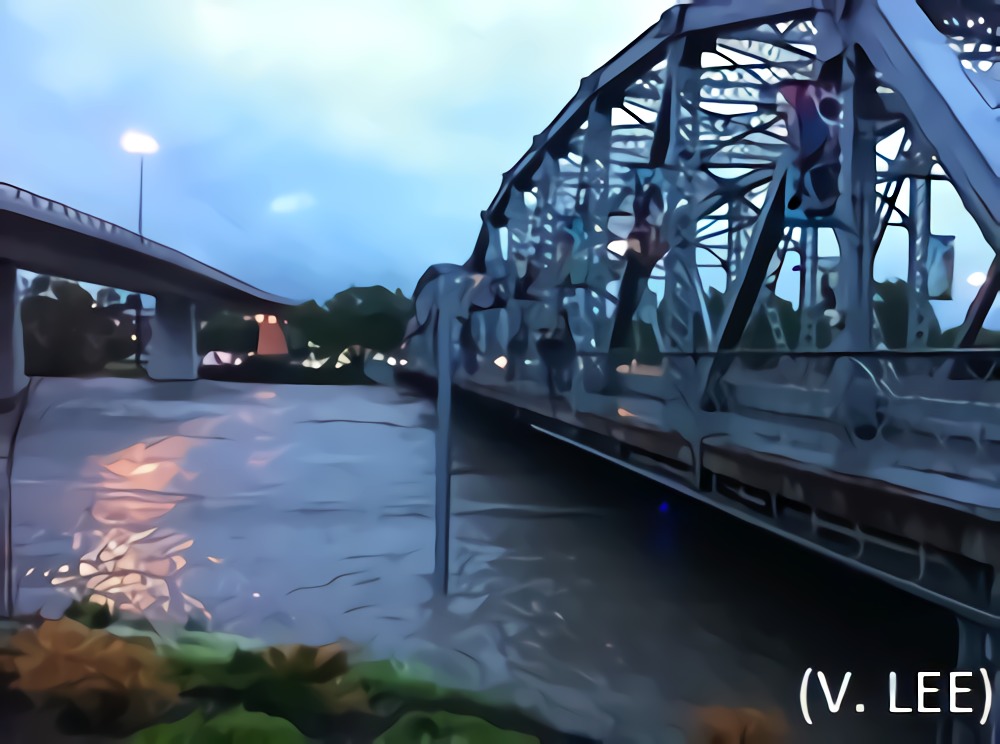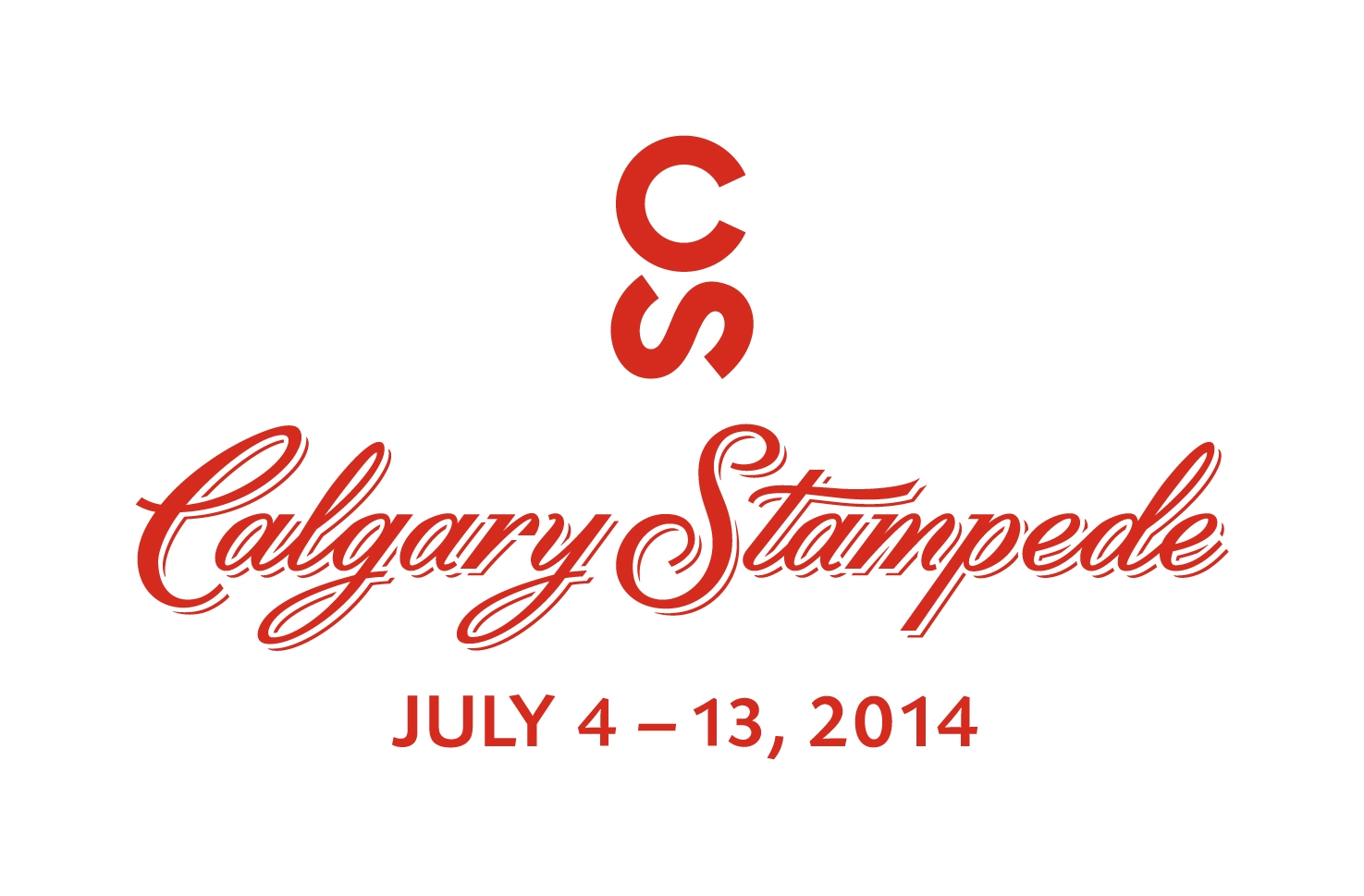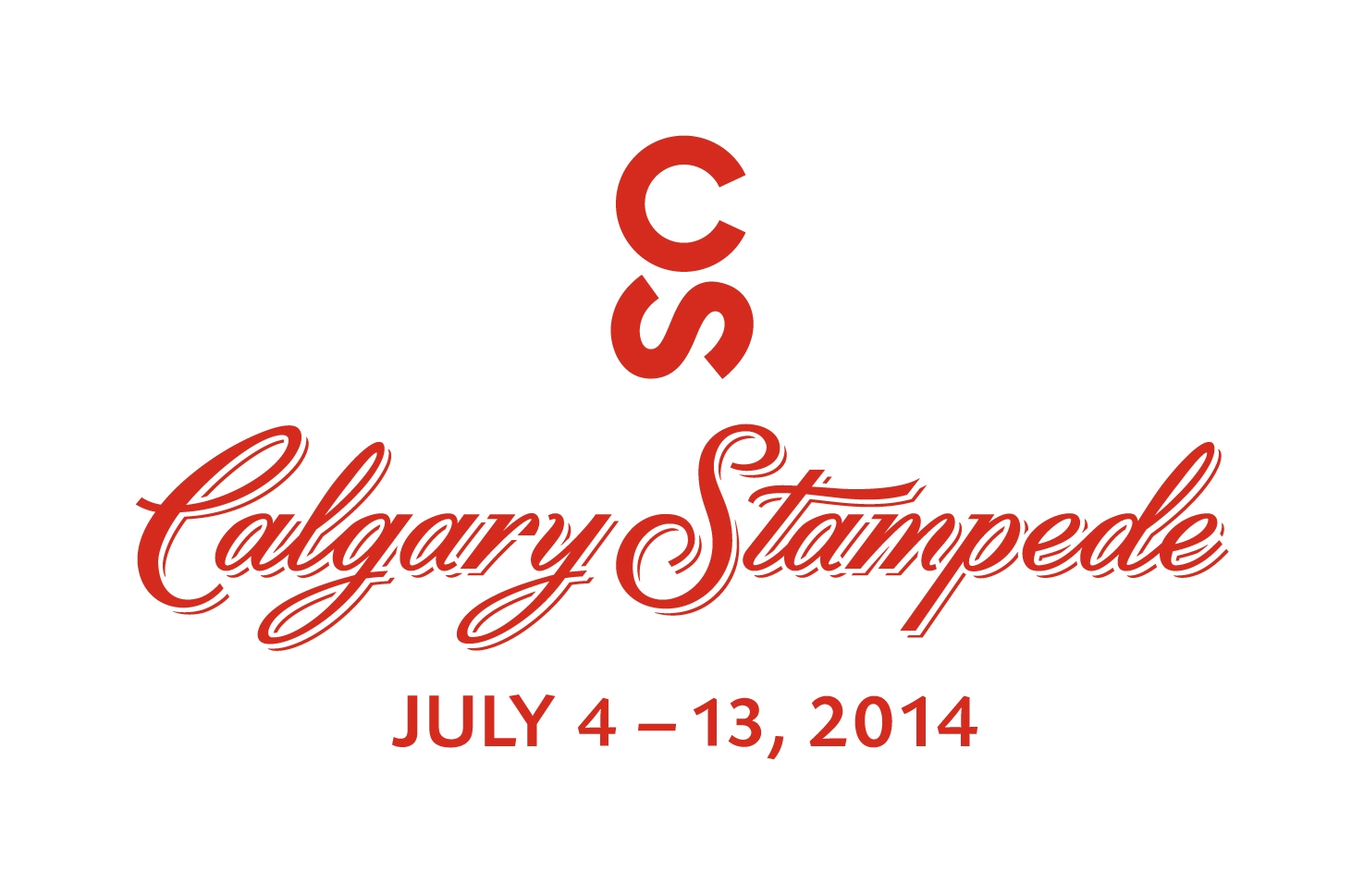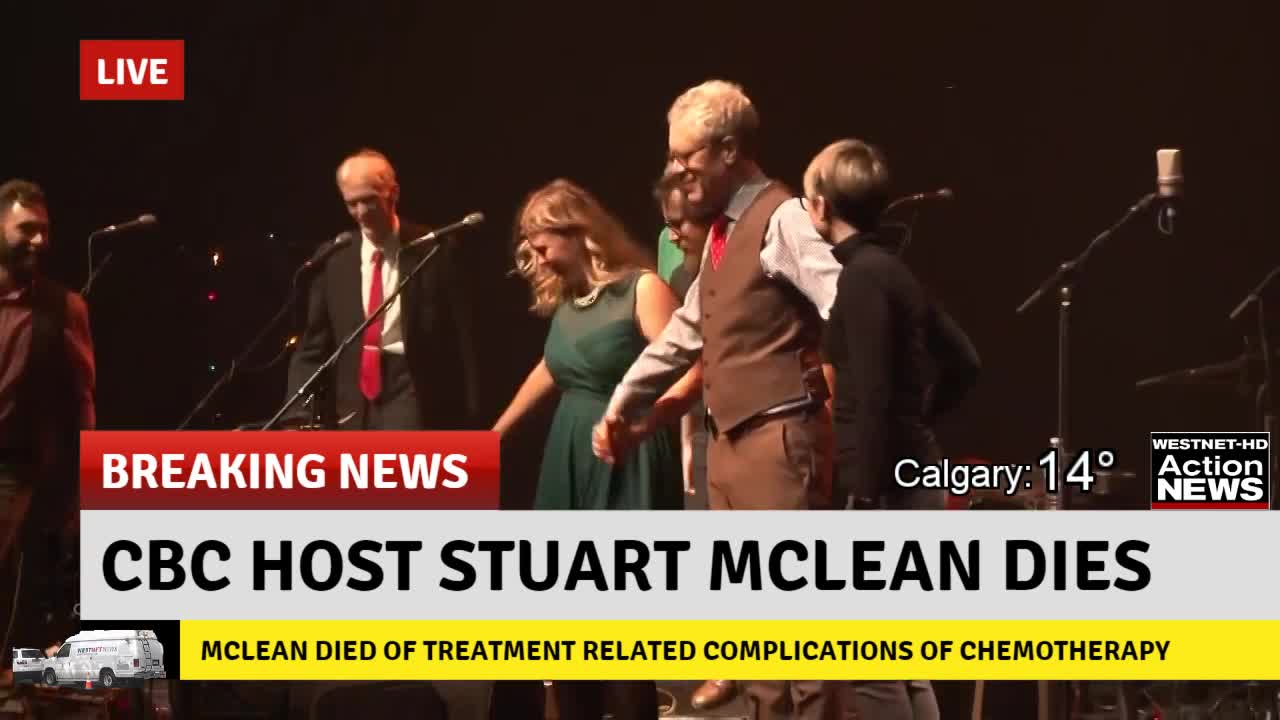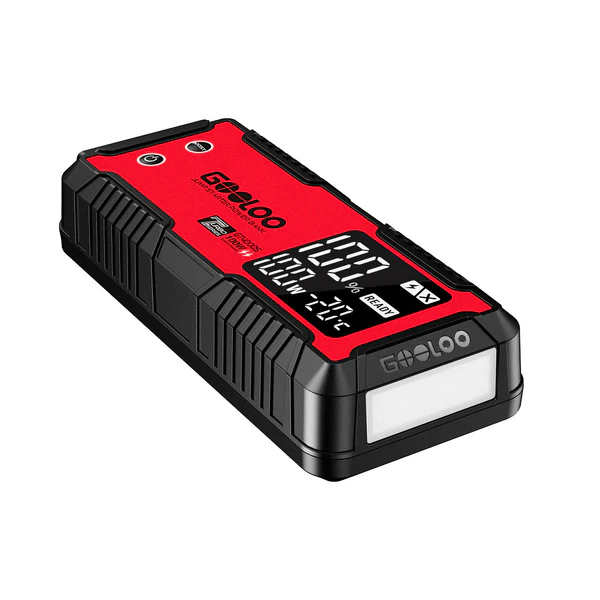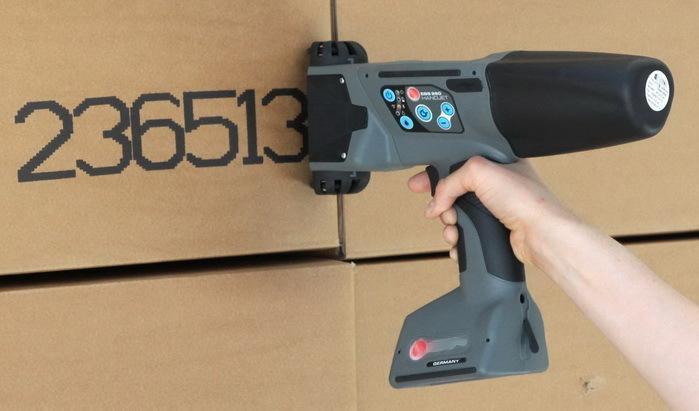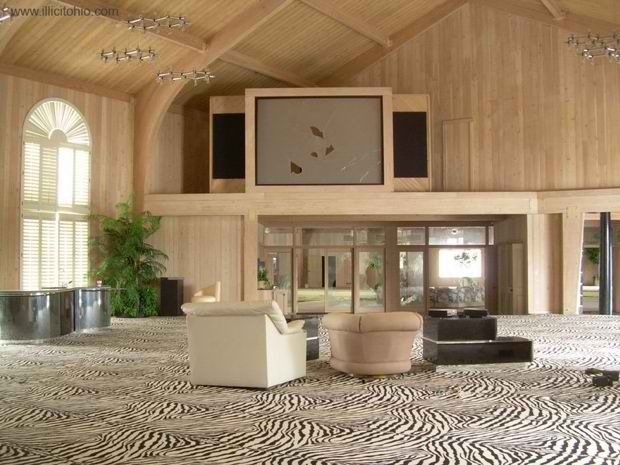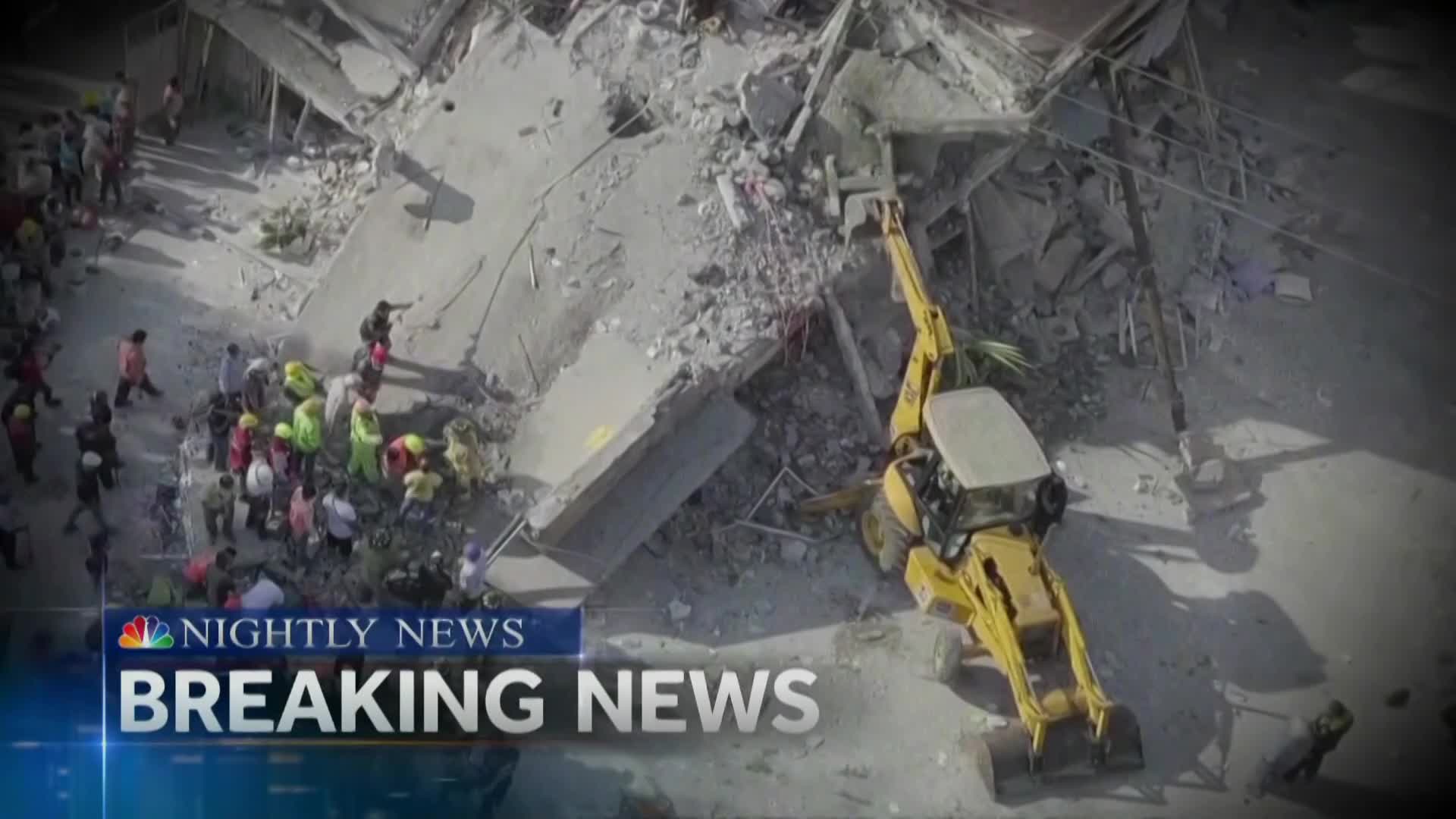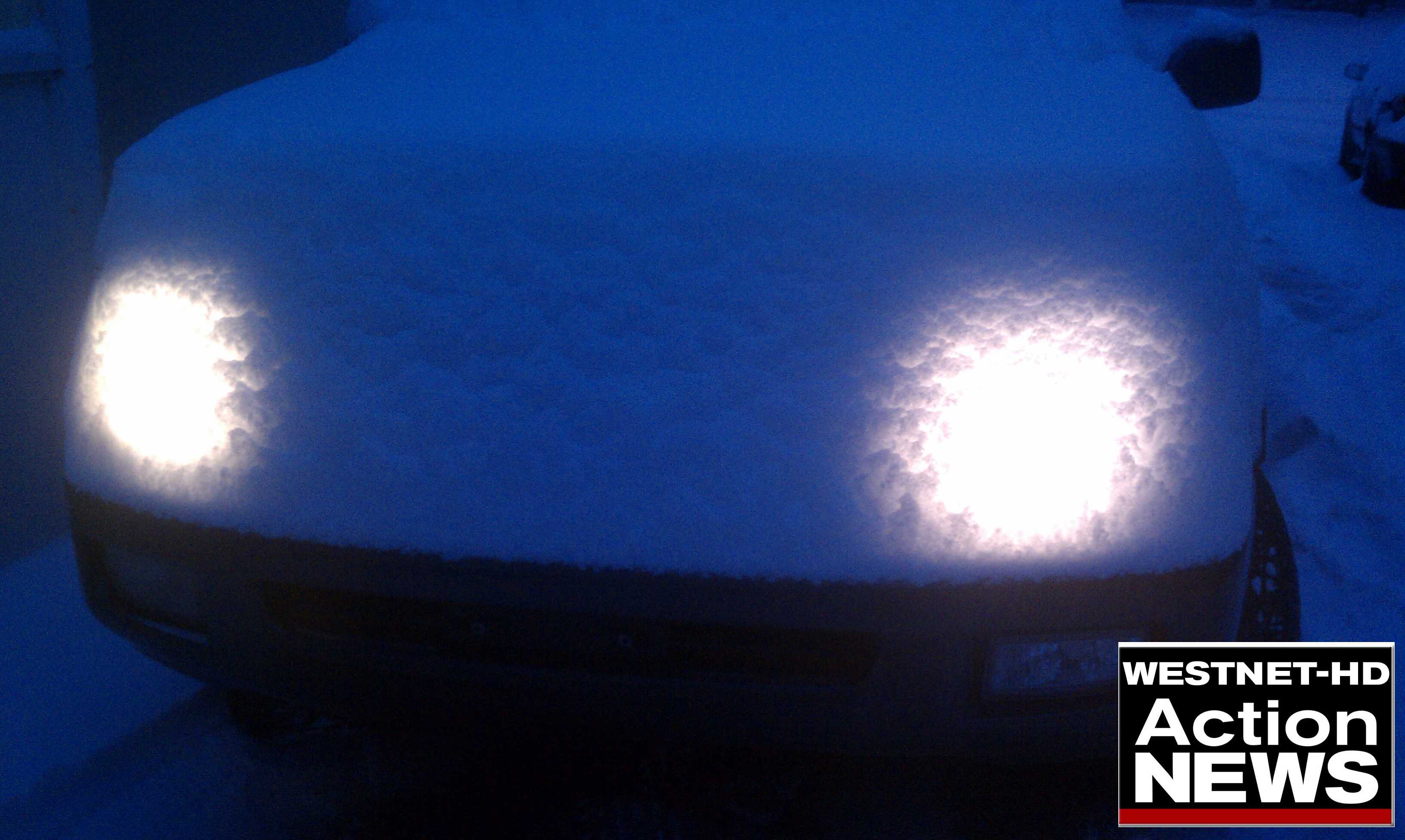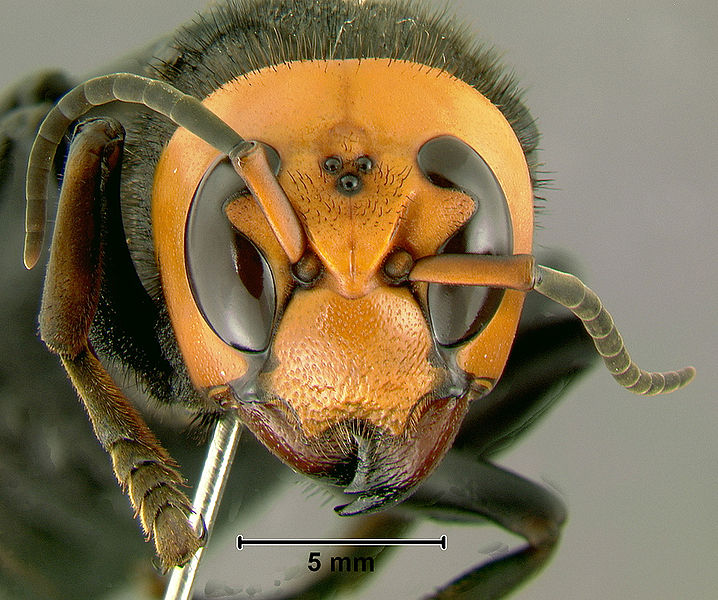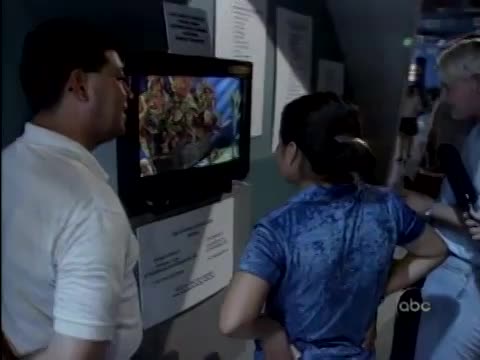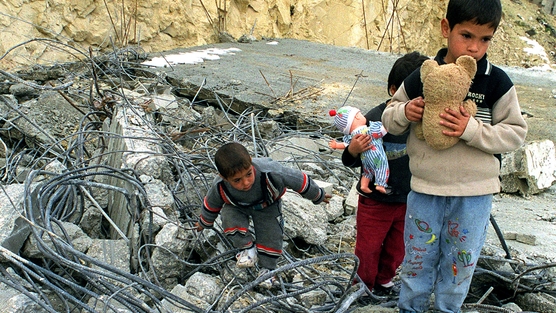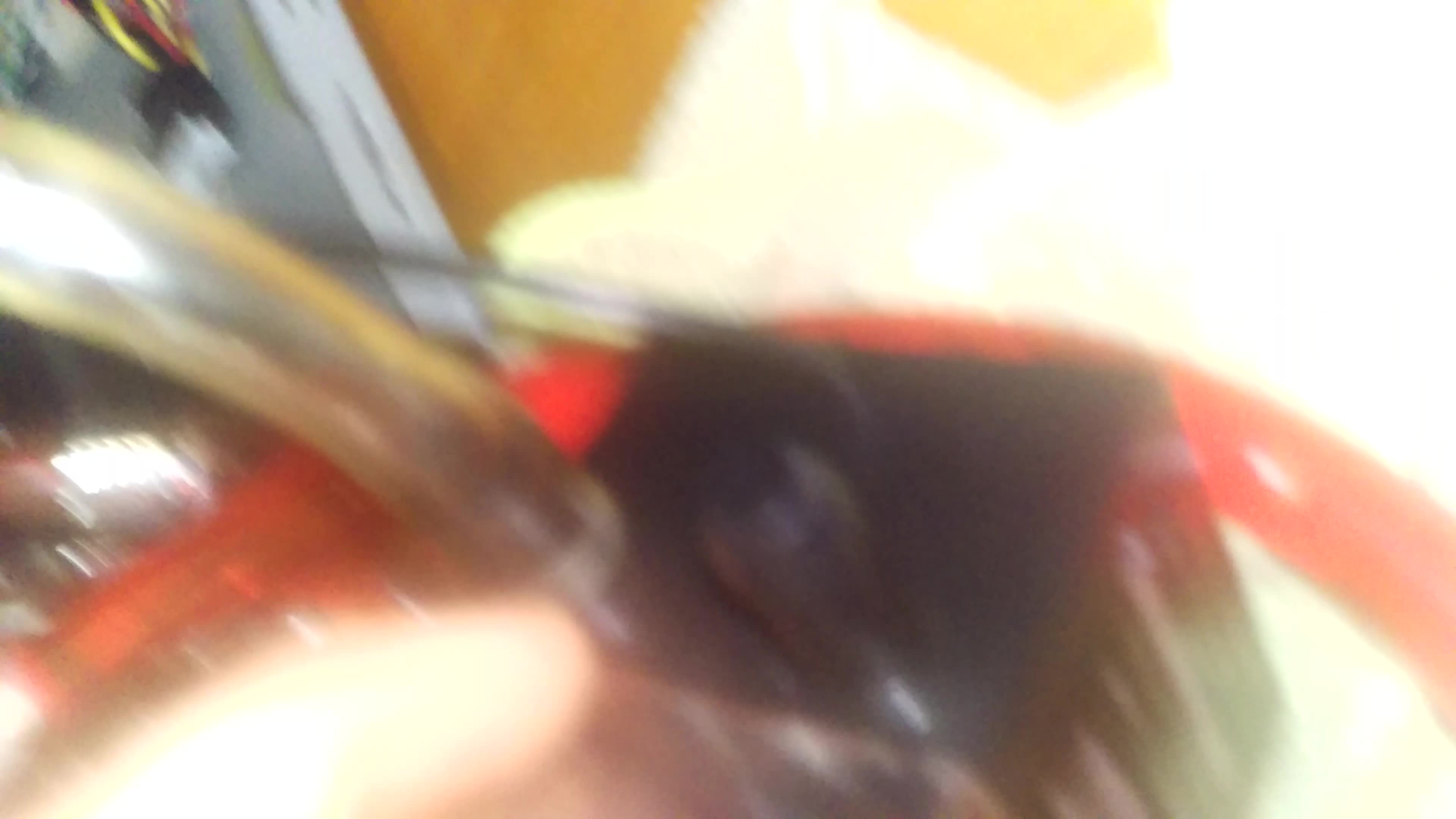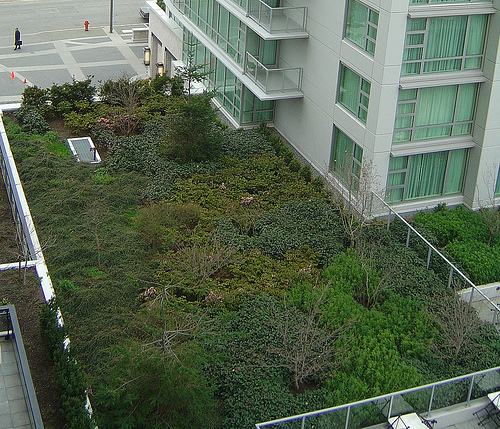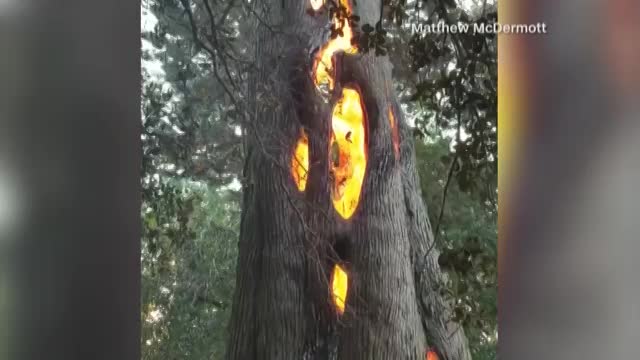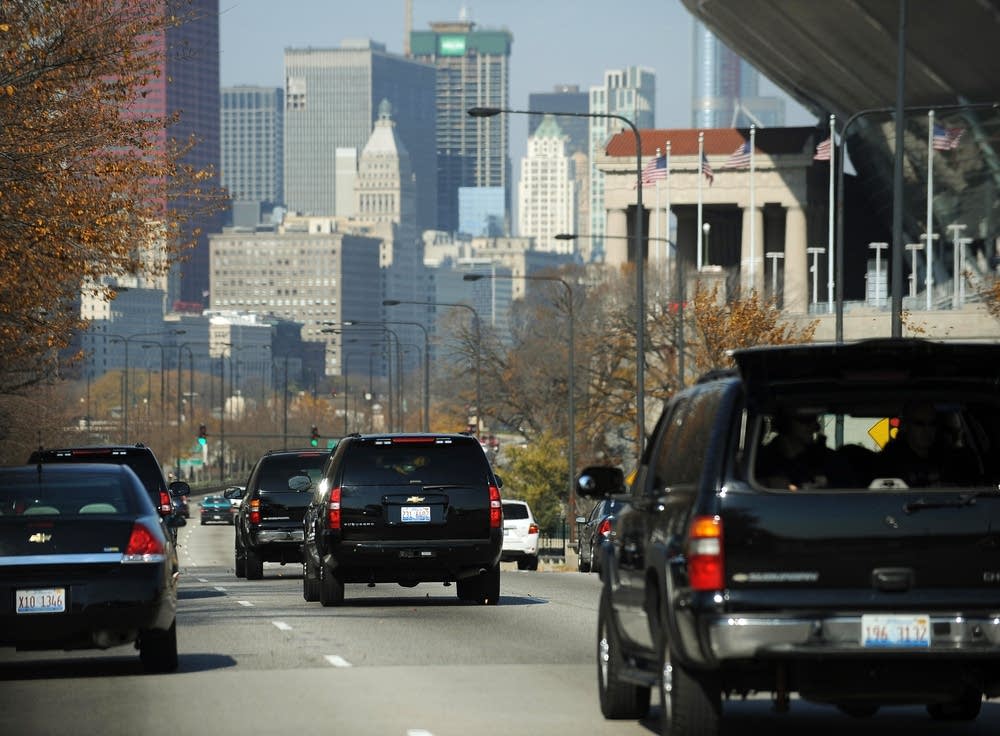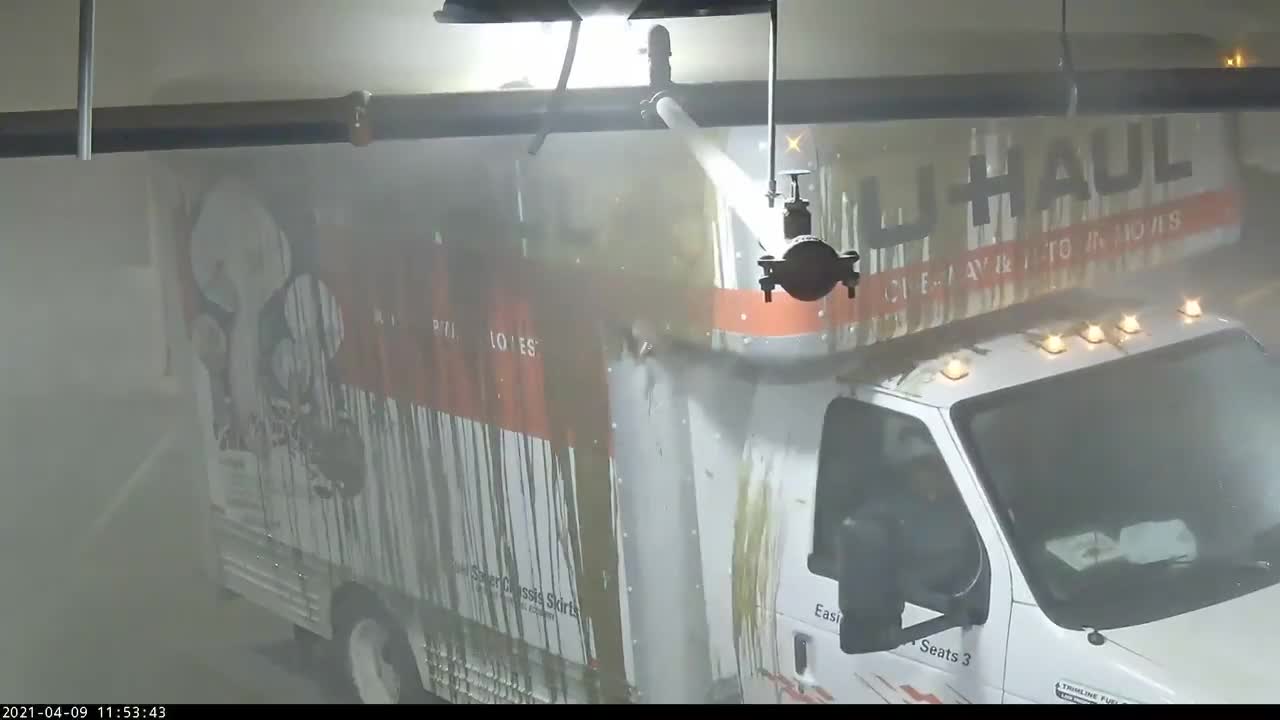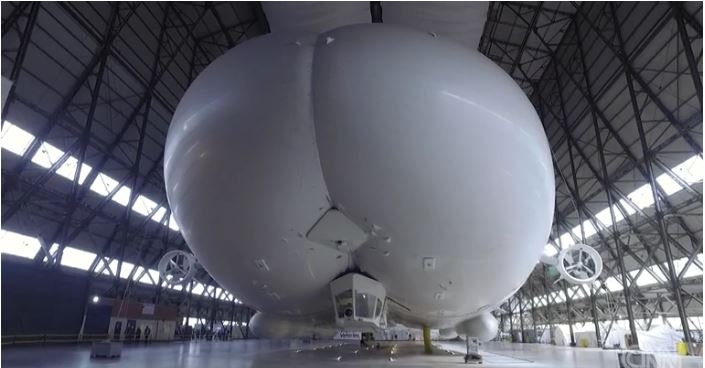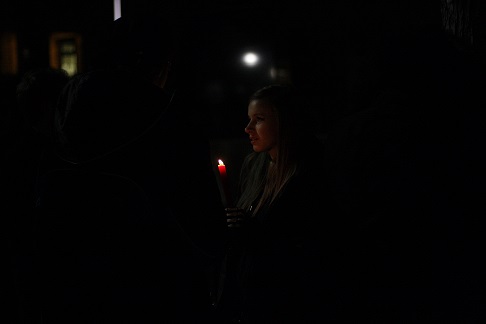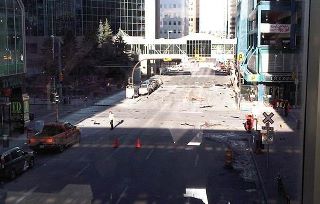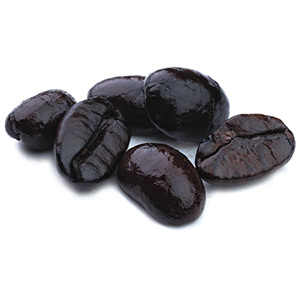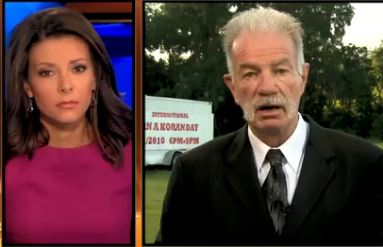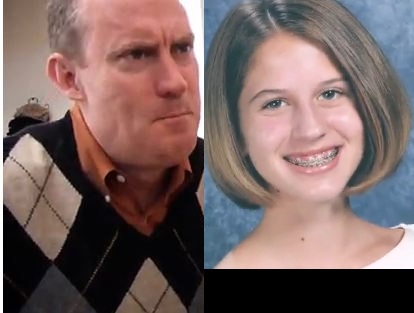Alta. oilsands worker digs up rare dinosaur
Fossil could be 110 million years old, expert says
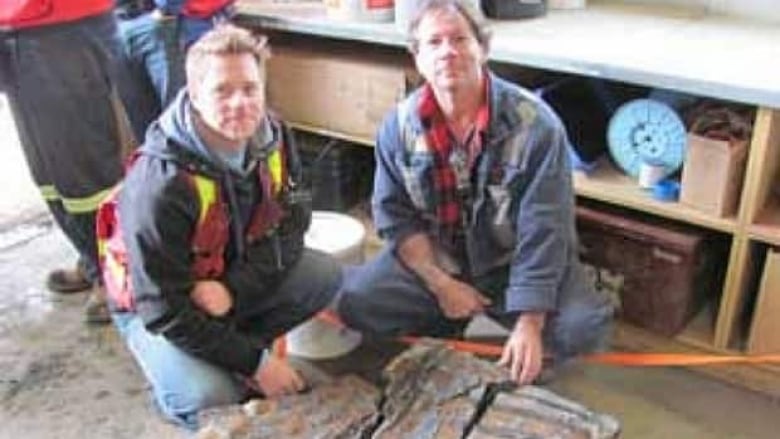
A Suncor oilsands worker near Fort McMurray, Alta., has unearthed arare dinosaur fossilthatcould be 110 million years old.
On Monday, shovel operator Shawn Funk noticed a largelump of dirt with an odd texture and a diamond pattern in a shovel-load of material.
He shut down the shovel, and together he and supervisor Michel Grattonsent photos of thefindto the Royal Tyrrell Museum in Drumheller, Alta.

Curator Donald Henderson believes the completely intact dinosaur skeleton is theearliestdinosaur ever found inAlbertaa 110-million-year-old fossil of ankylosaur, a rare land dinosaur with bony plates of body armour.
Ankylosaur was a squat, plant-eating quadruped with powerful limbs and a club-like tail probably used for self-defence.
"Weve never found a dinosaur in this location," Henderson said.
"Because the area was once a sea, most finds are invertebrates such as clams and ammonites," he said. "Marine reptiles have been found in the area before, but even these are not common.
"The last giant reptile removed from this area was an ichthyosaur found 10 years ago. To find an ankylosaur is totally unexpected here. Finding one of these animals anywhere is a rare occurrence."
Scientists will return to Fort McMurray next week to supervise theremoval and transportation of the specimen to the museum for further study.
"The good news is that the fossil is in 3-D," said Henderson."The bad news is the rock is extremely hard. It's harder than the bone and it's going to take an awful lot of careful work to get it out."
"Suncor and its staff deserve a big thank you for recognizing this as a fossil and reporting it to us as quickly as they did," said Andrew Neuman, the museum's executive director.
"This is a great example of a company calling to report a find and it turning out to be something of potentially major significance."
By strange coincidence, the backhoe operator had just visited the Royal Tyrell last week, said Henderson.
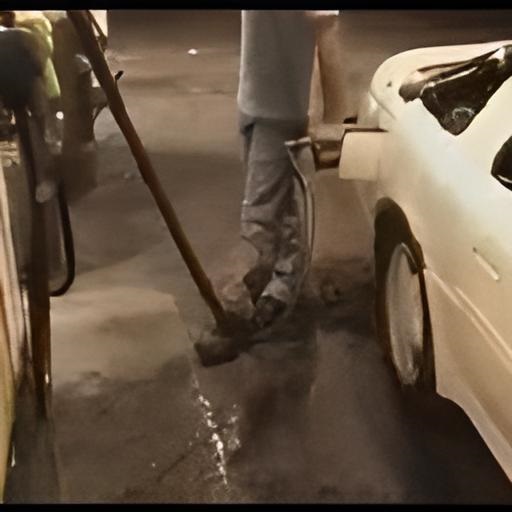
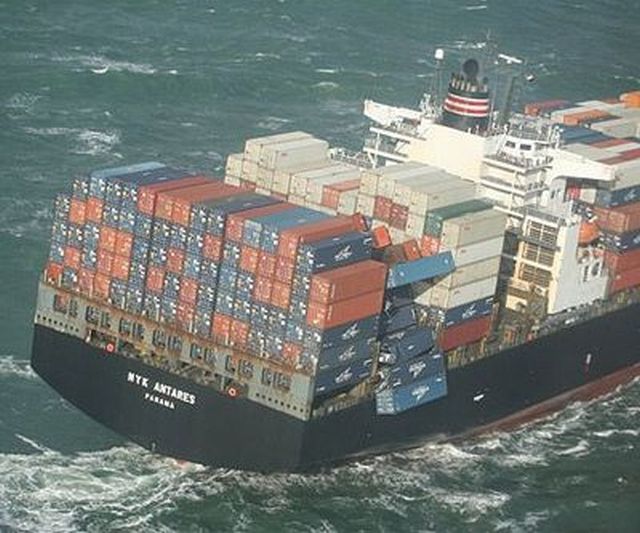

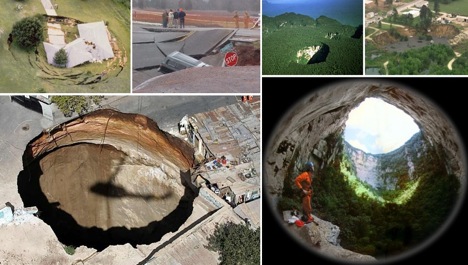

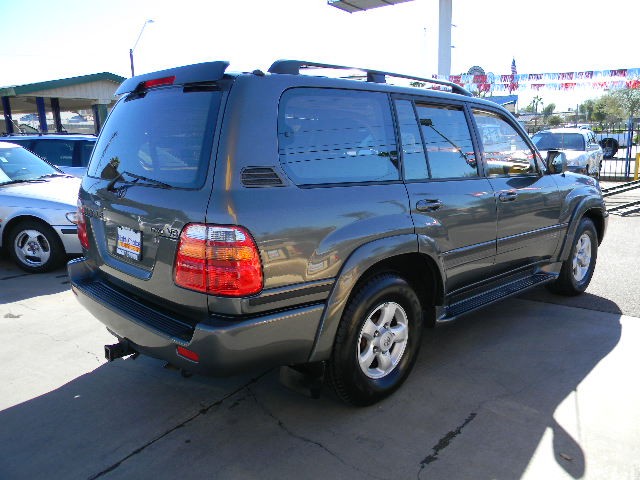
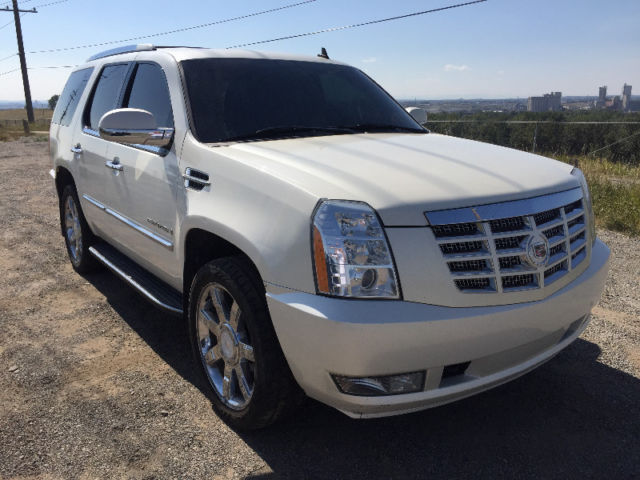
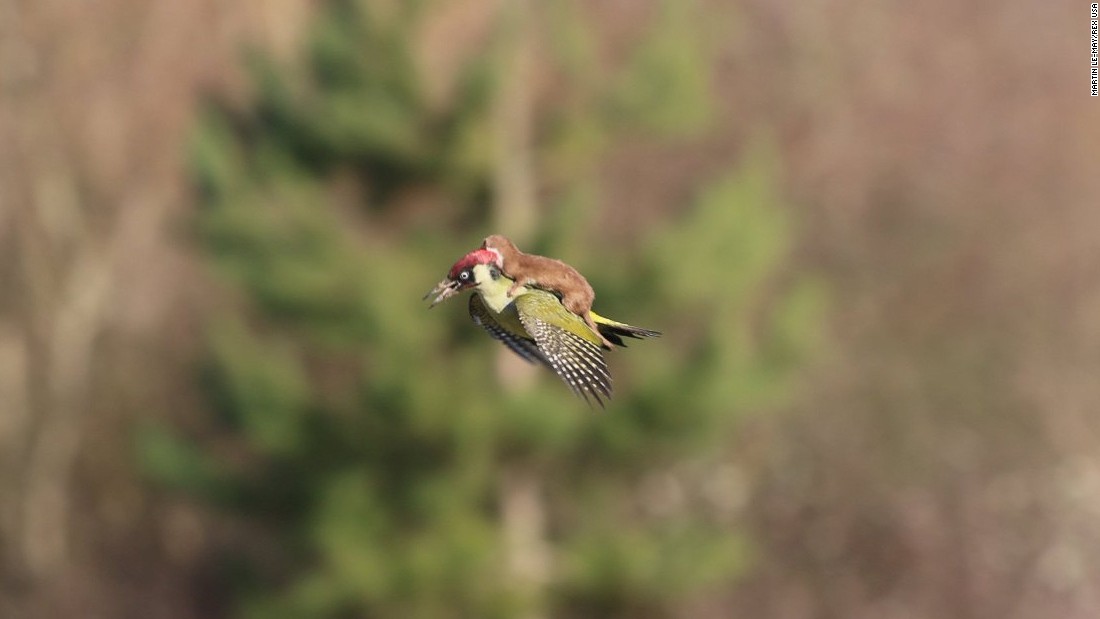

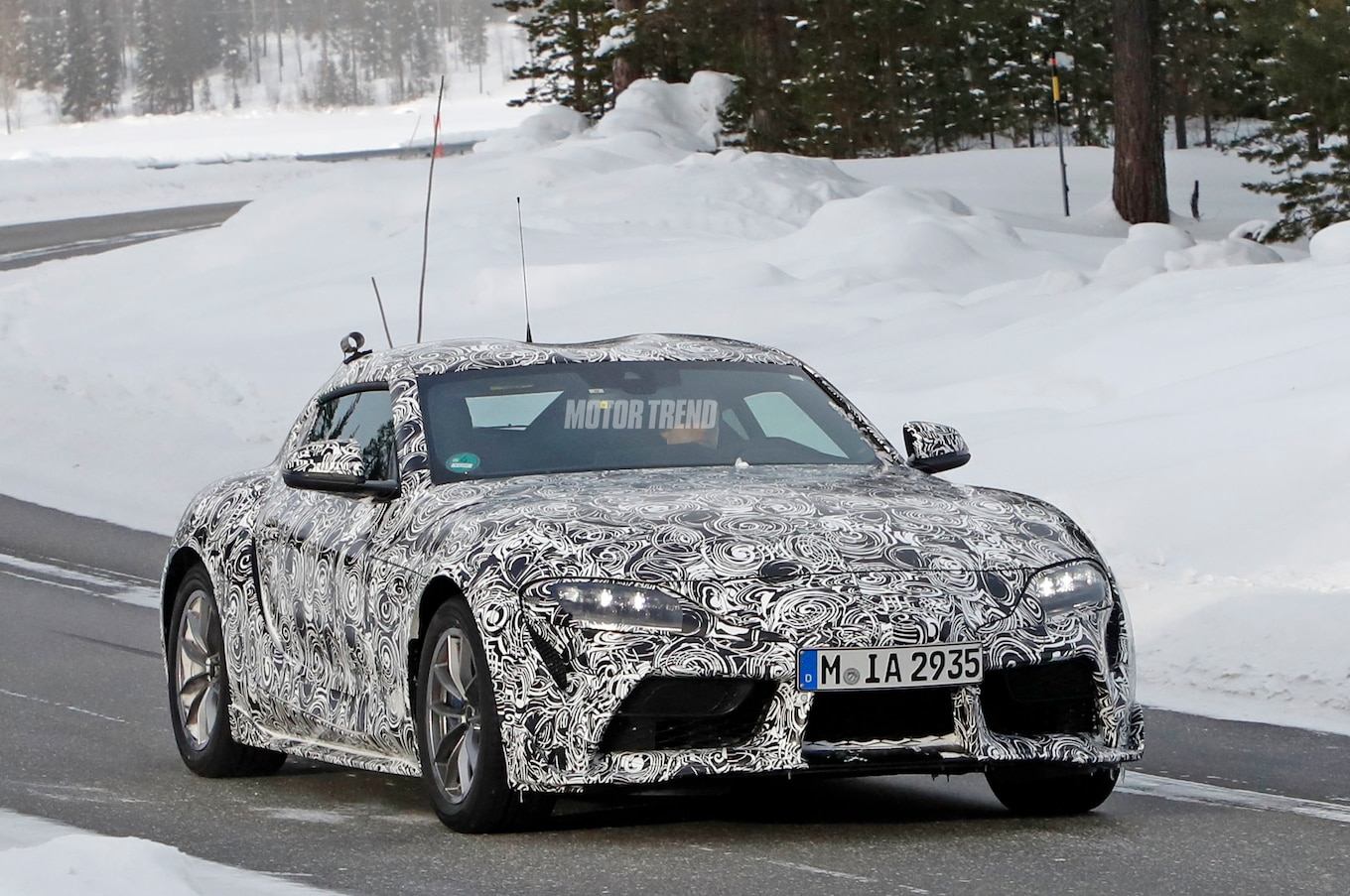


_(720p).jpg)


 OFFICIAL HD MUSIC VIDEO.jpg)
.jpg)
